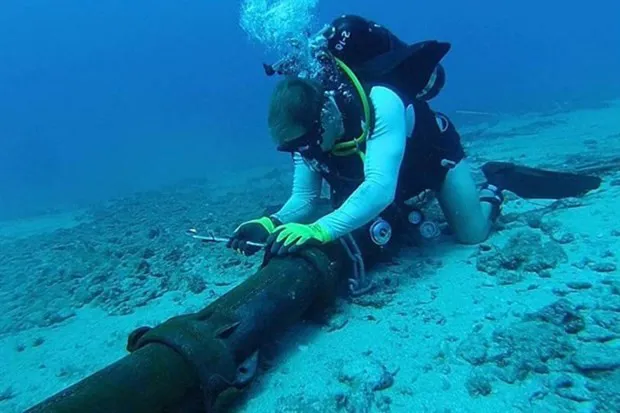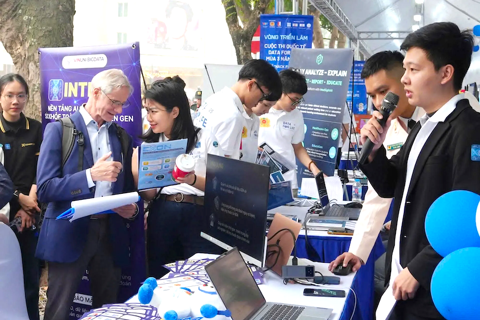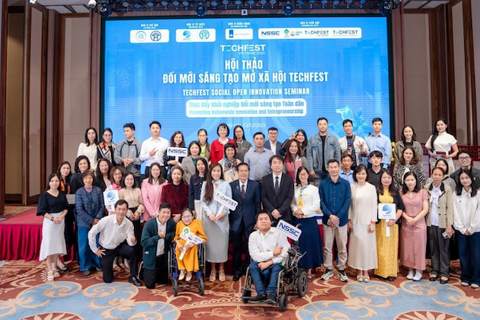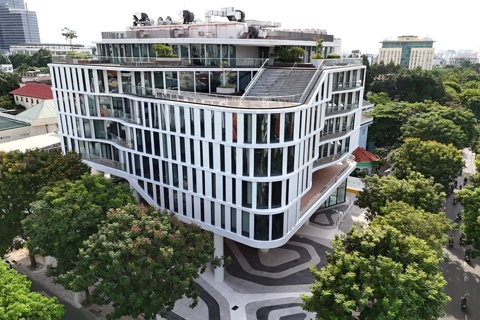More new undersea cables to be put into operation soon: MIC
Two new cables, ADC and SJC2, are scheduled to be commissioned in 2023, bringing Vietnam's total number of submarine cables to seven.
Vietnam will lay two to four submarine Internet cables of its own by 2025, Minister of Information and Communications Nguyen Manh Hung said at a recent meeting with telecommunications companies.
The minister was assigned to make a plan on Vietnam's undersea fiber optic cable routes, and lay more Vietnam-owned Internet cables connecting to the international network.
"The country is currently connected to five undersea cables. Vietnam’s long-term agenda is to have more undersea cables of its own. It is expected that Vietnam could be connected to 10 cables by 2025," Hung said.
A worker fixes a rupture on a submarine cable. Photo: ICTNews |
In 2023, two new cables namely ADC and SJC2 are expected to come into operation, he added.
However, the fact that four out of five currently available cables fail at the same time has posed a big challenge for Vietnam’s Internet infrastructure.
"We have very few cables. We have to be prepared for new cables branching off in multiple directions, and not just rely on one or two directions like now," Hung said.
"Singapore and Hong Kong are currently two major connectivity hubs in the region, with a high density of undersea cables. If we increase Vietnam's number of cables, we will have an advantage over Singapore," the minister added.
In early February, four out of five submarine internet cables linking Vietnam with other countries failed simultaneously, an unprecedented incident.
Vietnam's internet service providers said on February 7 that internet connection quality in Vietnam will only improve towards the end of March, even mid-April.
The only undersea cable that is still operating normally is the Southeast Asia-Middle East-Western Europe 3 (SMW-3). However, it is an old cable with low capacity and does not contribute much to Vietnam's internet traffic to overseas servers.
According to the Vietnam Internet Association, there have been about 10 incidents on undersea fiber optic cables each year over the last ten years.
"Incidents on fiber optic lines are not rare but also unpredictable. Currently, land-based internet cables cannot be upgraded quickly due to equipment limitations and other factors," said the association.
Troubleshooting on undersea fiber optic cables depends on the severity of the issue, the weather at sea, the time it takes to get permission to access the waters of other countries to carry out repairs, and many other factors. "Therefore, instability and slow connection speeds will persist in the weeks to come, the association noted.










